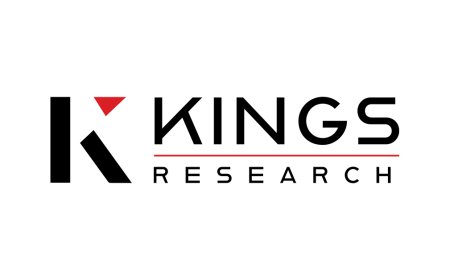Fingerprint Verification and NFC Verification: The Future of Secure Authentication
Fingerprint verification is a biometric method of identifying and verifying an individual's identity by analyzing the unique patterns of ridges and valleys on their fingertips.

In today's digital age, the need for secure and reliable methods of verifying identity has never been greater. As cyber threats and identity theft incidents continue to rise, businesses and consumers alike are searching for advanced technologies that can provide robust security while still being convenient and easy to use. Two such technologies that have emerged as leaders in this field are Fingerprint Verification and NFC (Near Field Communication) Verification. This blog will explore how these technologies work, their benefits, and why they are critical in today's security landscape.
Understanding Fingerprint Verification
Fingerprint verification is a biometric method of identifying and verifying an individual's identity by analyzing the unique patterns of ridges and valleys on their fingertips. This technology has become increasingly popular due to its high level of accuracy and the uniqueness of each person's fingerprints, making it nearly impossible for two individuals to have identical fingerprints.
How Fingerprint Verification Works
Fingerprint verification works by capturing a digital image of a fingerprint, often referred to as a fingerprint scan. The scanned image is then analyzed and converted into a digital template by identifying specific points on the fingerprint, such as ridge endings, bifurcations, and other unique features. This template is then compared to the stored fingerprint templates in a database to determine if there is a match.
Fingerprint scanners are widely used in various applications, from unlocking smartphones to securing access to sensitive data and facilities. The technology has proven to be both reliable and user-friendly, making it a preferred choice for many organizations.
Benefits of Fingerprint Verification
- High Security: Since fingerprints are unique to each individual, the risk of fraudulent access is significantly reduced.
- Ease of Use: Fingerprint verification is quick and requires minimal effort from the user.
- Non-Intrusive: Unlike other forms of biometric verification, fingerprint scanning is non-intrusive and does not require any additional information from the user.
- Wide Application: This technology is used in various industries, including banking, healthcare, and law enforcement, due to its reliability.
Understanding NFC Verification
NFC Verification is a contactless communication technology that allows devices, such as smartphones, to communicate with other NFC-enabled devices or tags when they are in close proximity (usually within a few centimeters). NFC is widely used for secure transactions, access control, and data sharing.
How NFC Verification Works
NFC technology works by using electromagnetic fields to transmit data between an NFC-enabled device and a compatible reader or tag. When an NFC-enabled device, such as a smartphone, is brought close to an NFC reader or tag, the two devices exchange information. This information can be used for various purposes, including verifying the identity of a user, authorizing a payment, or granting access to a secure area.
NFC verification is commonly used in mobile payment systems like Apple Pay and Google Pay, where users can make secure payments simply by tapping their smartphone on a payment terminal. It is also used in access control systems, where an NFC-enabled card or device can be used to unlock doors or gain entry to restricted areas.
Benefits of NFC Verification
- Convenience: NFC verification is quick and easy, often requiring just a tap or wave of a device.
- Security: Data transmitted via NFC is encrypted, reducing the risk of interception and fraud.
- Versatility: NFC can be used for a wide range of applications, from mobile payments to access control and ticketing.
- Energy Efficiency: NFC technology requires very little power, making it ideal for mobile devices.
Fingerprint Verification vs. NFC Verification: Which is Better?
While both fingerprint verification and NFC verification offer robust security solutions, they serve different purposes and are often used in complementary ways.
· Fingerprint Verification is ideal for scenarios where a high level of security is required, such as unlocking devices, securing access to sensitive data, and verifying identity in critical applications. Its non-intrusive nature and high accuracy make it suitable for environments where quick and reliable identification is essential.
· NFC Verification shines in situations where convenience and speed are paramount. Its ability to enable contactless transactions and secure access control with just a tap makes it a popular choice for mobile payments, ticketing, and smart cards. NFC is also versatile and can be easily integrated into existing systems.
Conclusion
As the need for secure authentication methods continues to grow, Fingerprint Verification and NFC Verification have proven to be invaluable tools in the fight against fraud and unauthorized access. While each technology has its strengths, they are most powerful when used together, providing a layered approach to security that is both reliable and convenient.
By understanding and implementing these technologies, businesses can protect their assets, and consumers can enjoy the peace of mind that comes with knowing their personal information is secure. Whether you are a business owner looking to secure your operations or a consumer interested in protecting your identity, Fingerprint Verification and NFC Verification are technologies you can't afford to ignore.
What's Your Reaction?



























